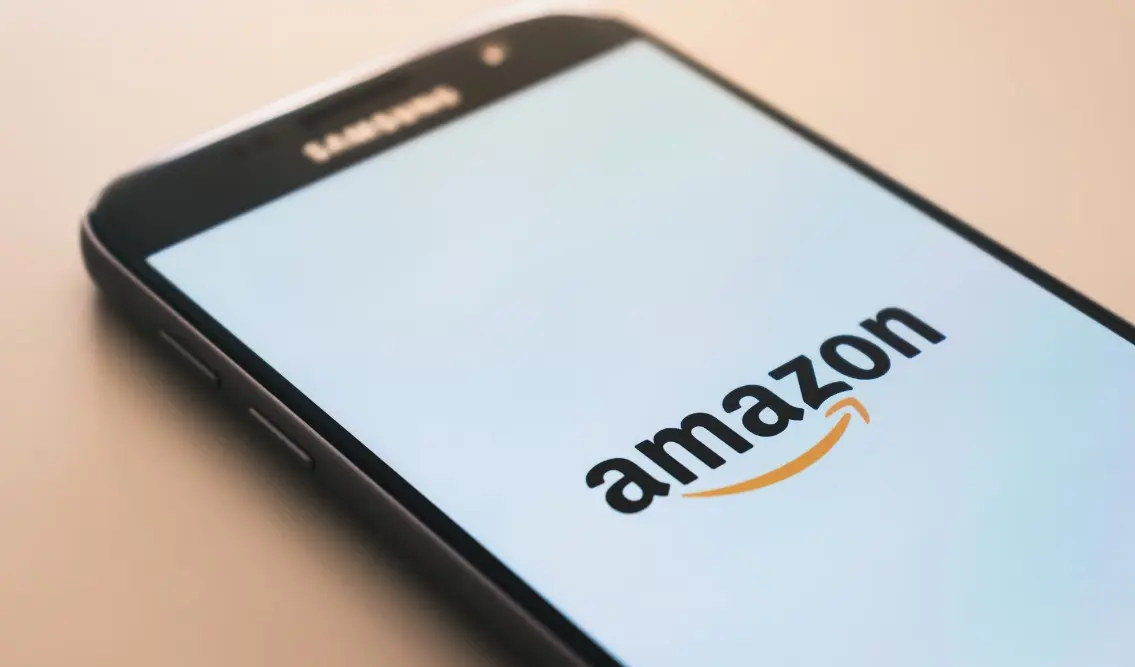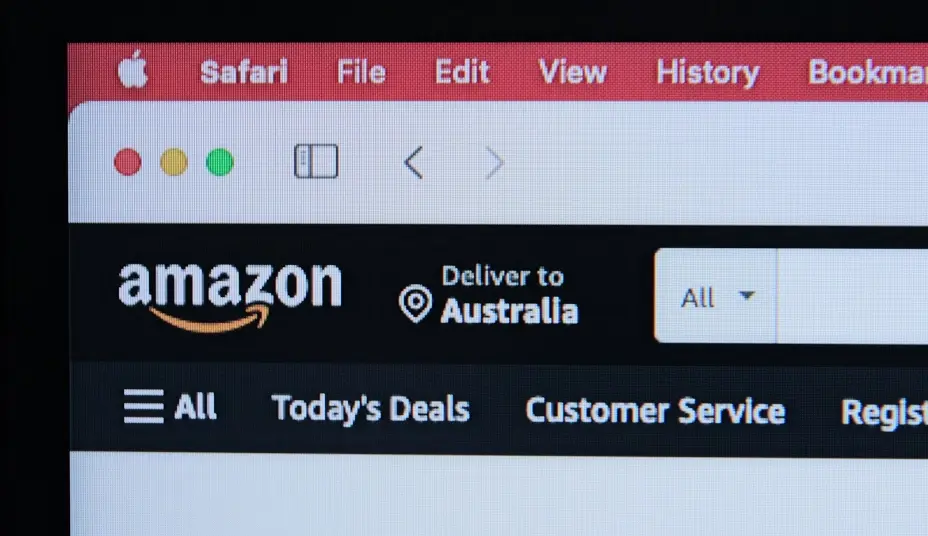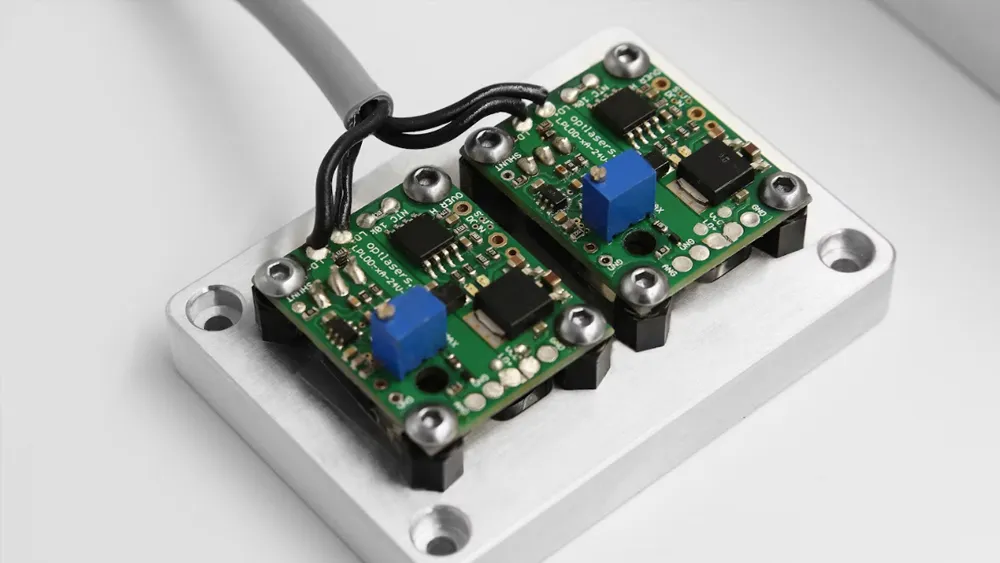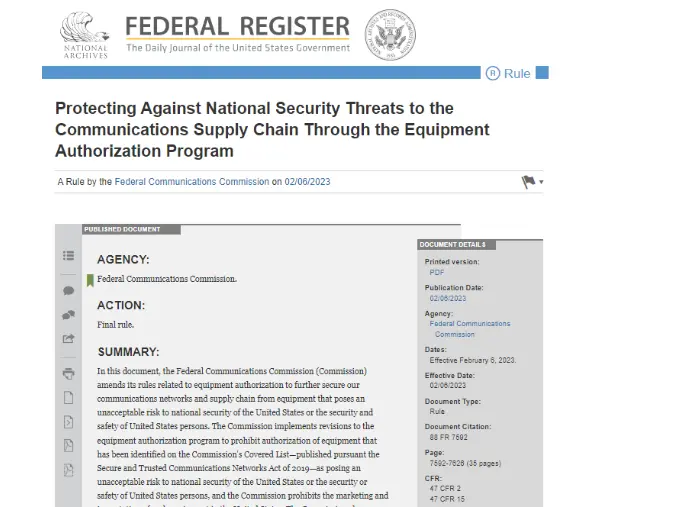
How long is a REACH certificate valid?
The reach regulation((EC) No 1907/2006) is the European Union regULation concerning the Registration, Evaluation, Authorization, and Restriction of CheMICals. It officially came into effect on June 1, 2007and is regarded as the most complex chemical regulation ever introduced by the EU. Its main objective is to control chemicals and products containing chemicals.
One of the regulation’s focal points is the Substances of Very High Concern (SVHC)candidate list, which has undergone multiple updates since REACH took effect.

According to REACH Article 7(2), manufacturers or importers of articles must notify the European Chemicals Agency (ECHA)if both of the following conditions are met:
1. The total amount of SVHC in the article exceeds 1 ton per year per manufacturer or importer;
2. The concentration of SVHC in the article is greater than 0.1% by weight.
What is reach certification?
REACH stands for Registration, Evaluation, Authorization, and Restriction of Chemicals. It is the EU regulation for the preventive management of all chemicals entering the EU market, implemented on June 1, 2007.
The EU first proposed the White Paper on Chemicals (REACH)in February 2001, and the regulation was officially launched in the first quarter of 2007, becoming effective across all EU member states.
As an EU directive, REACH certification applies to all EU countries. Under Directive 1907/2006/EC, if an SVHC exceeds 0.1% and the annual import volume exceeds 1 ton, the manufacturer or importer must notify ECHA.
reach testing Requirements
The main purpose of REACH testing is to ensure that daily consumer products do not contain harmful chemical substances.
- Products manufactuRED in or imported into the EU market, especially textiles, must undergo registration, testing, and approvalfor harmful chemicals.
- If the concentration of hazardous substances exceeds the specified limits, the product cannot be sold in the EU market.
Scope of REACH Testing
- REACH involves 30,000 chemical substances, nearly one-third of the 100,000 existing substances in the EU market.
- Testing is implemented progressively over 3, 6, or 11 years, with priority given (before 2013) to substances that are hazardous or imported in large volumes.
- Within three years, testing began at quantities starting from 1 ton per year.
- Products containing hazardous substances (e.g., carcinogenic, mutagenic, or toxic to reproduction) must be registered, documented, and tested before entering the EU market.
Purpose of REACH Implementation
- Protect human healthand the environment.
- Maintain and enhance the competitiveness of the EU chemical industry.
- Increase transparency of chemical information.
- Reduce vertebrate animal testing.
- Ensure compliance with EU obligations under the WTO framework.
- Establish a unified chemical management systemacross the EU, enabling companies to follow standardized principlesfor producing new chemicals and related products.
Main Contents of REACH Testing
Registration
- All chemicals with annual production or import volume exceeding 1 tonmust be registered.
- For substances exceeding 10 tons annually, a Chemical Safety Reportmust also be submitted.
Evaluation
- Dossier Evaluation: Verifies the completeness and consistency of registration documents submitted by companies.
- Substance Evaluation: Assesses whether a chemical poses risks to human healthor the environment.
Authorization
- Certain hazardous substances require authorization before being produced or imported, including:
- CMR: Carcinogenic, Mutagenic, or toxic to Reproduction.
- PBT: Persistent, Bioaccumulative, and Toxic.
- vPvB: Very Persistent and Very Bioaccumulative.
Restriction
- If the manufacture, marketing, or use of a substance (or article containing it) poses uncontrolled risksto human health or the environment, the EU will restrict its production or import.
Email:hello@jjrlab.com
Write your message here and send it to us
 What are ASTM F963 and CPSIA?
What are ASTM F963 and CPSIA?
 Comparison of ASTM F963 and EN 71
Comparison of ASTM F963 and EN 71
 How to get CSA C22.2 NO.256:14 Test Report?
How to get CSA C22.2 NO.256:14 Test Report?
 How much is the ISTA Amazon Packaging & Shippi
How much is the ISTA Amazon Packaging & Shippi
 Amazon Product Laboratory Testing Requirements
Amazon Product Laboratory Testing Requirements
 How to Get EPA Certificatio
How to Get EPA Certificatio
 What is EPA Certification in the United States?
What is EPA Certification in the United States?
 What is an FCC Registered Agent?
What is an FCC Registered Agent?
Leave us a message
24-hour online customer service at any time to respond, so that you worry!




